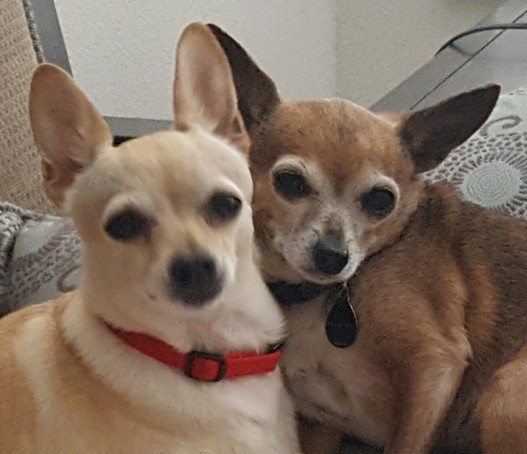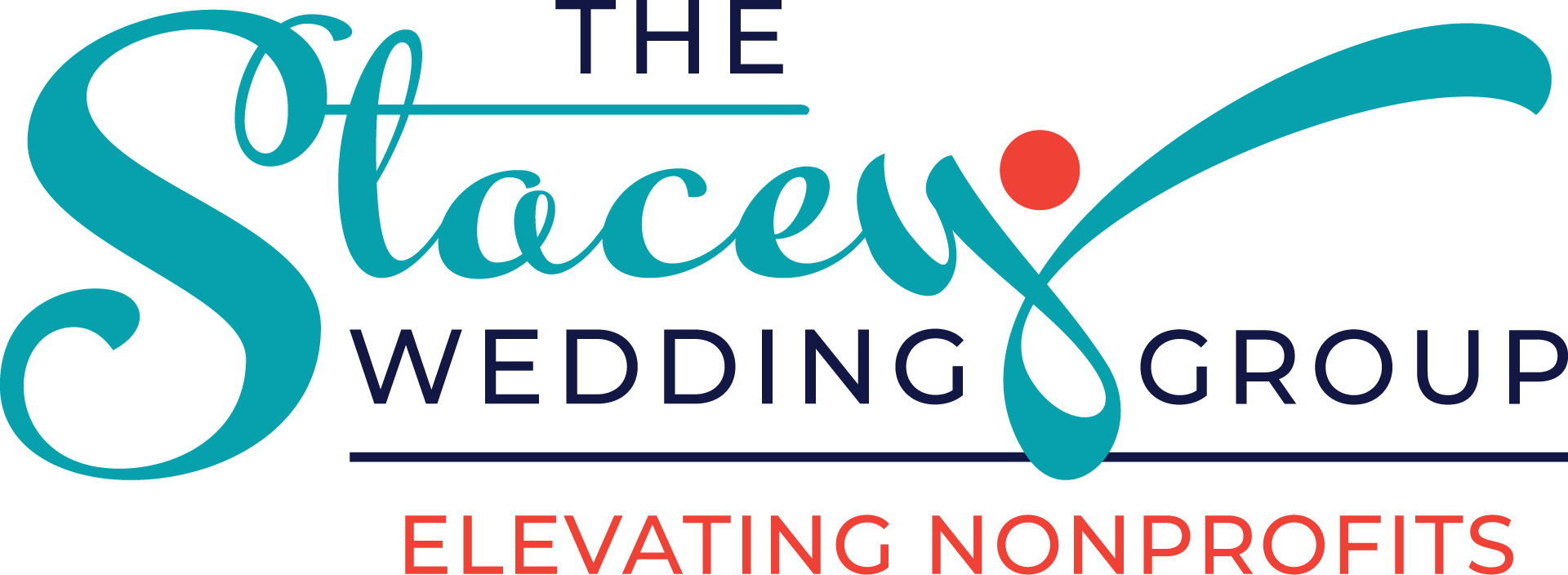Did you know that an elephant’s trunk weighs around 400 pounds and contains around 100,000 different muscles?
Not only are these really large animals, but they are also complex, just like you and me, with intricate emotions and feelings, including deep compassion and surprising self-awareness.
At this point, you’re probably wondering if you’re reading the correct blog post. Isn’t Stacey supposed to provide leadership tools for those of us in the nonprofit sector?
Yes! And that is why this post is part guilty pleasure (elephants are a close second to my sweet fur babies) and part grounded in the reality of nonprofits.

Nonprofits struggle with the proverbial elephants in their organizations — those problems that everyone knows and sees but never addresses. The well-intentioned volunteer who is a negative Nelly. The wealthy board member who is also a donor and thinks their money buys them more authority and control of the organization. The uncomfortable silence during staff meetings.

Organizational elephants are often born from good intentions such as avoiding unnecessary conflicts, wanting to be a team player, and keeping silent to get promoted. When left unresolved, organizational elephants keep growing and become energy vampires that can ultimately destroy an organization.
Below are three tips to get you started on intentionally designing an environment free of large, underlying issues:
- Create an environment that honors transparency and disclosure: Brainstorm with your team about what is needed to create a safe environment. Then do your best to remove the barriers that keep this from happening.
- Model transparency through your own behavior: Talk about your aspirations for the team and the concerns you have about the welfare of the team when things are not discussed.
- Be consistent and do what you say: Ensure your core principles come through in how you work and how you treat others. Deliver on your promises and act predictably, so you build an environment of trust and credibility. Team that perform well operate in open, consistent environments where behavior, performance, and style of anyone (including the leader) can be raised.

Creating a healthy environment and an authentic connection with your peers takes time and purpose, and it is also much easier than dealing with the beasts that organizational elephants grow into.
As Brené Brown shares,
“I define connection as the energy that exists between people when they feel seen, heard, and valued; when they can give and receive without judgment; and when they derive sustenance and strength from the relationship.”
Hat tip to creating healthy connections and organizations free from elephant-sized issues,

P.S. If you’re looking to save a real-life elephant in addition to addressing those in your organization, check out these great resources: Save the Elephants and 10 Ways You Can Save the Elephants

